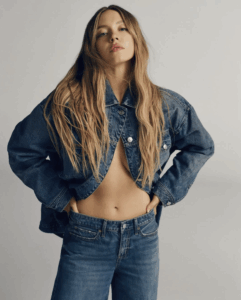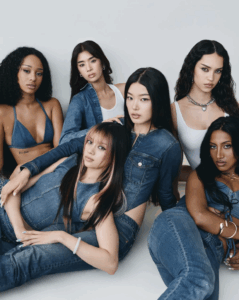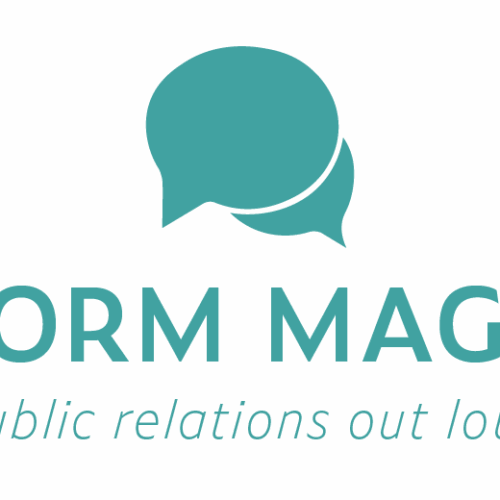The Battle of Denim
Published on October 21, 2025, at 1:10 p.m.
by Julia Fowler
Denim never goes out of style, but how brands sell jeans certainly can.
This summer, two major retailers, American Eagle and Gap went head-to-head with new denim campaigns. American Eagle teamed up with Euphoria star Sydney Sweeney for its “Sydney Sweeney Has Great Jeans” ad, while Gap launched “Better in Denim” featuring the new global girl group KATSEYE in a high-energy dance routine. Both campaigns racked up millions of views online, sparking a wave of reactions, some positive, some negative.

American Eagle’s ad, built on a pun, was meant as a cheeky play on words, which quickly backfired. Viewers criticized the ad for implying that Sweeney’s blonde hair and blue eyes were “ideal genes,” a message that struck some as tone-deaf in 2025’s cultural climate. TikTok and Instagram lit up with commentary, calling the ad “embarrassing”,“a setback for women” and even comparing it to Brooke Shields’s infamous Calvin Klein campaign.
Gap’s “Better in Denim,” on the other hand, leaned into inclusivity and pop-culture buzz. With over 29 million views and a million likes on YouTube, the ad showcased KATSEYE’s diverse members in bold denim outfits, dancing to a catchy song. Instead of focusing on one celebrity image, Gap positioned its jeans as a canvas for individuality and self-expression, “wear one way, yours.”
American Eagle leaned too much on wordplay and Sweeney’s image, forgetting that its Gen Z audience doesn’t just want clever, they want consciousness. The result? Attention, yes, but mostly for all the wrong reasons. While the campaign gained attention, most of the conversation was negative. Audiences dissected its messaging on beauty and identity, ultimately declaring the campaign a fail. Is the controversy worth the buzz? I would say, probably not. American Eagle’s audience could easily be misled on the intentions and values of the brand, drawing them away from the product.

Gap, by contrast, didn’t hinge its success on one face or a clever line. Instead, it leaned into inclusivity, energy, and cultural relevance by spotlighting KATSEYE, a group that embodies diversity and self-expression. The ad resonated more positively, proving that in 2025, broad relatability often trumps risky wordplay and impossible beauty standards.
The “battle of denim” isn’t really about who has the better jeans, it’s about how brands shape identity through advertising and PR. American Eagle’s ad shows how easily a creative gamble can backfire in the age of social media scrutiny. Gap’s campaign suggests that when brands emphasize inclusivity and authenticity, they not only avoid controversy but also strike a chord with audiences.
In today’s marketplace, denim sells best when it represents more than fabric, it represents who gets to be seen wearing it.




